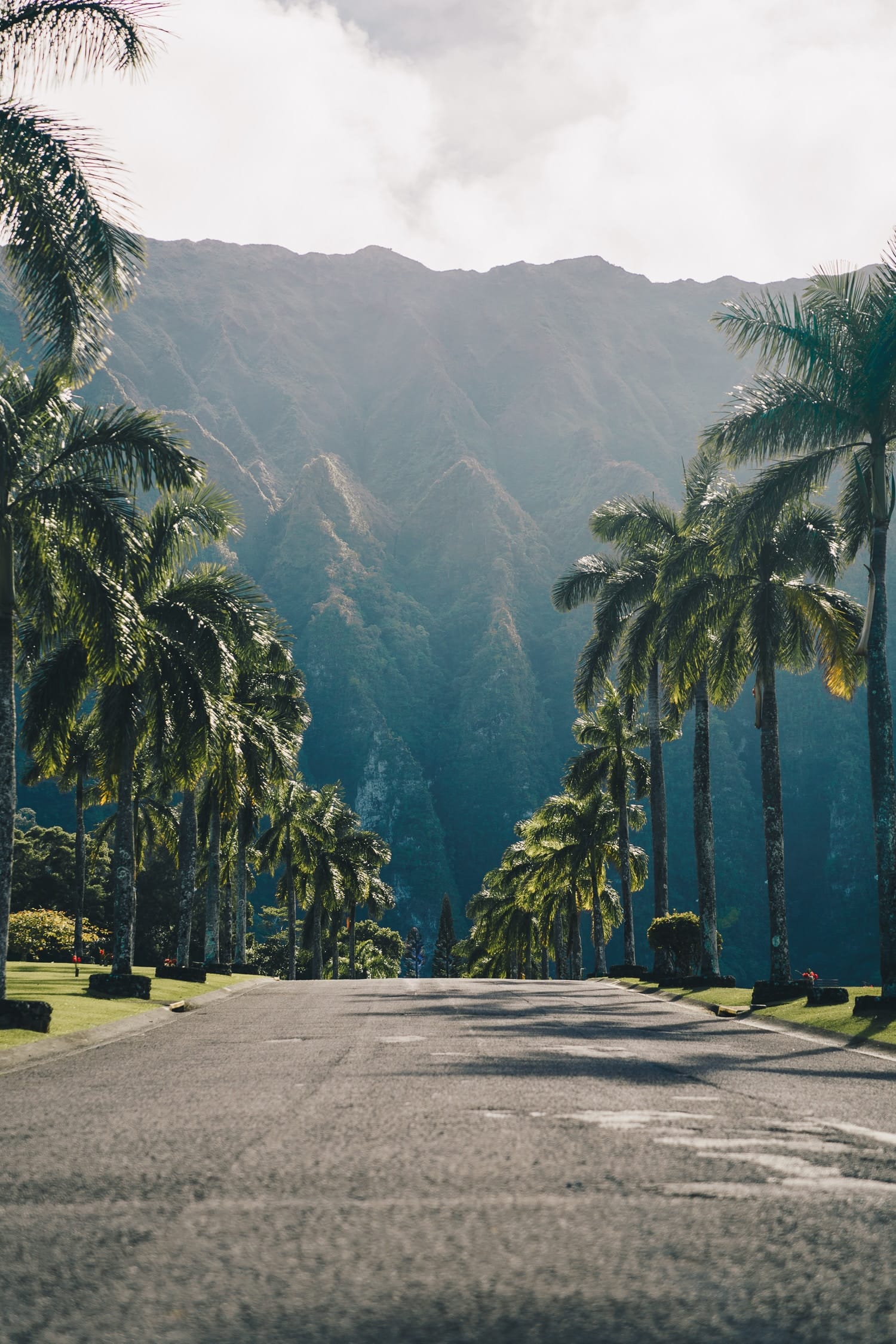The allure of Hawaii with its pristine beaches, tropical climate, and aloha spirit is undeniably captivating. Many envision a serene life amidst its lush landscapes and crystalline waters. However, transitioning from the dream to reality, especially in the realm of real estate, requires a substantial amount of preparation and understanding. Hawaii’s real estate market is unique, with its own set of regulations, opportunities, and challenges. This guide seeks to provide prospective buyers with a comprehensive insight into what it takes to own a piece of paradise. Whether it’s the vibrant city life in Honolulu or the serene retreats in Maui, each island presents a distinct lifestyle and real estate outlook. Delving into the Hawaiian real estate market and understanding the island-specific factors can significantly smoothen the transition for mainlanders and international buyers alike.
Understanding the Hawaiian Real Estate Market
Hawaii’s real estate market is as diverse as its natural landscape. The state has seen a steady appreciation in property values over the years, thanks to its evergreen appeal and limited land supply. Understanding the market dynamics is crucial for anyone looking to invest or settle here. Various factors contribute to the real estate market’s pulse in Hawaii, including tourism, military presence, and the local economy. The high demand coupled with limited availability often drives property prices up, making it a competitive market for buyers. Moreover, the type of property one is interested in – be it a condo in Waikiki or a beachfront home on the North Shore, will come with different price tags and regulations. Engaging with local real estate agents who understand the intricacies of the market, zoning laws, and the buying process is advisable to navigate through the Hawaiian real estate maze successfully.
Island Specifics: What Sets Hawaiian Real Estate Apart
The distinct characteristics of Hawaiian real estate set it apart from the mainland market. Firstly, land availability is scarce, and certain areas have stringent zoning regulations to preserve the natural beauty and cultural heritage of the islands. Secondly, the types of properties available are diverse, ranging from modern urban apartments to secluded beachfront homes. The unique island lifestyle significantly influences the property market, and each island has its own real estate temperament. For instance, Oahu is known for its bustling city life and higher property prices, while the Big Island offers more land and a quieter lifestyle at a relatively lower cost. Moreover, Hawaiian culture and community living are deeply ingrained, influencing neighborhood vibes and community interactions. Understanding these island-specific factors is essential for making informed decisions and blending seamlessly into the Hawaiian way of life.
Location, Location, Location: Finding Your Ideal Hawaiian Locale
The phrase “location is everything” rings especially true when considering real estate in Hawaii. The islands offer a range of locales, each with its unique charm and lifestyle. A map of Hawaii can show the geographical layout, but the essence of each region is discovered through a deeper dive. Urban centers like Honolulu offer a bustling city life with all modern amenities at your doorstep. In contrast, regions like Hilo or Kauai offer a tranquil retreat closer to nature. The choice of location significantly impacts not only the property value but also the quality of life one can expect. Proximity to work, local amenities, community vibes, and the natural environment are crucial factors to consider. Additionally, each location comes with its specific set of regulations, housing laws, and real estate trends. Engaging with a local real estate agent who understands the nuances of different Hawaiian locales can provide invaluable insights into finding a place that aligns with your lifestyle and financial expectations.
The Cost of Island Living: Budgeting for Your Hawaiian Home
Investing in Hawaiian real estate is often perceived as a pricey affair, and rightly so. The cost of living in Hawaii is higher compared to most parts of the mainland US, and this extends to the property market. Budgeting for your Hawaiian home requires a thorough understanding of not only the purchase price but also the ongoing costs associated with living on the island. Property taxes, homeowner’s insurance, maintenance, and utilities are significant considerations. Moreover, the price of everyday goods and services is higher due to transportation costs to the islands. It’s crucial to factor in these ongoing expenses when determining the affordability of a home purchase in Hawaii. Additionally, prospective buyers should be prepared for the competitive nature of the Hawaiian real estate market, where desirable properties often receive multiple offers. Having a clear budget and possibly a pre-approved mortgage can position buyers favorably in the market, ensuring a smoother purchasing process and a financially sustainable island living experience.
Eco-friendly Living: Embracing Hawaii’s Sustainable Housing Trends
Hawaii’s majestic natural beauty beckons a responsibility towards eco-friendliness and sustainability, traits that have transitioned into its housing market trends. With a growing emphasis on reducing carbon footprints, many homeowners and developers in Hawaii are turning towards sustainable housing solutions. Solar energy, in particular, is a popular choice given the abundant sunshine the islands receive. Incorporating solar panels, energy-efficient appliances, and water conservation systems in homes is becoming increasingly common. Moreover, there’s a growing trend towards constructing homes using sustainable materials that reduce environmental impact. The state also offers various incentives for homeowners adopting eco-friendly practices, making it financially appealing. Additionally, communities are being designed with sustainability at their core, promoting communal gardens, recycling programs, and alternative transportation options. Embracing these eco-friendly housing trends not only contributes towards preserving Hawaii’s pristine environment but can also result in significant long-term savings for homeowners.
Prepping for Paradise: Essential Steps Before Making the Leap
Making a move to the idyllic islands of Hawaii requires meticulous preparation to ensure a smooth transition. Firstly, understanding the real estate market and securing a reputable real estate agent with local expertise is crucial. It’s advisable to visit the islands, explore various locales, and connect with locals to get a feel of the community and lifestyle each area offers. Financial preparation is another significant aspect; securing pre-approval for a mortgage, understanding the total cost involved in purchasing and maintaining a property in Hawaii, and planning for the cost of living are essential steps. Additionally, familiarizing oneself with Hawaiian culture, local customs, and regulations can facilitate a smoother integration into island life. It’s also beneficial to plan the logistics of the move, including shipping belongings, and possibly securing temporary accommodation before finalizing a permanent residence. Thorough preparation and a well-informed approach are the keystones to making the dream of living in paradise a harmonious reality.






